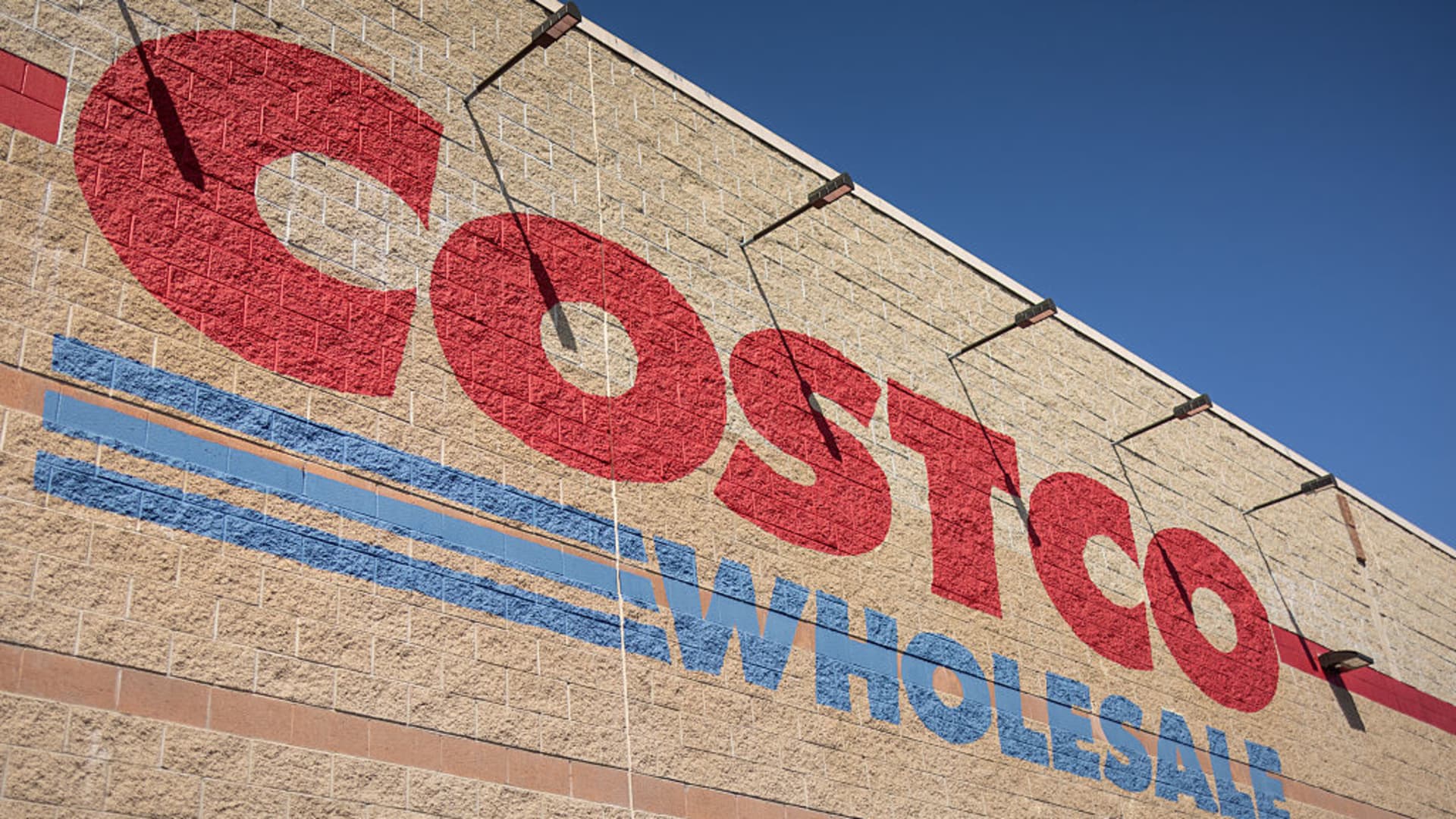Costco Wholesale Corporation delivered a mixed performance in its second quarter of fiscal 2025, demonstrating the retailer’s resilience amid challenging market conditions. The membership-based giant reported revenue of $63.72 billion, representing a robust 9.1% increase year-over-year that exceeded analyst expectations. This impressive top-line growth showcased Costco’s ability to maintain strong consumer demand across its warehouse clubs and e-commerce platforms, even as economic uncertainties persist.
However, the earnings picture painted a more complex story. Despite the revenue beat, Costco’s earnings per share of $4.02 fell short of analyst projections of $4.09, missing expectations by approximately 1.7%. This earnings miss, coupled with rising operational costs, contributed to a 2% decline in the company’s stock price during after-hours trading, dropping to $1,013.17. The disconnect between strong revenue performance and investor reaction highlights the market’s focus on profitability metrics and cost management efficiency.
The quarter’s results reflect broader retail industry challenges, including increased merchandise costs that rose 9% year-over-year. Costco’s net income reached $1.79 billion, up from $1.74 billion in the previous year, but the company’s profit margin compressed to 2.8% from 3.0% in the second quarter of 2024. This margin pressure stemmed primarily from higher operational expenses, demonstrating the ongoing challenge retailers face in balancing growth with profitability.
Despite these headwinds, Costco’s fundamental business metrics remained strong. The company’s comparable sales growth of 6.8% exceeded StreetAccount estimates of 6.4%, while e-commerce sales surged an impressive 22.2% year-over-year. Membership fees, a crucial revenue stream for the warehouse club model, increased 7% to $1.19 billion, supported by the membership fee increase implemented in September 2024. With 78.4 million paid memberships and a global renewal rate of 90.5%, Costco continues to demonstrate strong customer loyalty and retention.
Strong Revenue Growth Drives Q2 Performance
Costco’s revenue performance in Q2 2025 exceeded expectations across multiple segments. The company reported total revenue of $63.72 billion, surpassing analyst consensus estimates and marking a significant 9.1% increase from the prior year period. This growth was driven by strong comparable sales performance, with U.S. locations posting 8.3% growth and international markets showing even stronger momentum at 10.5% in Canada and 10.3% in other international markets.
The e-commerce segment emerged as a particular bright spot, with online sales growing 22.2% year-over-year. This digital acceleration reflects Costco’s successful omnichannel strategy and consumers’ continued preference for online shopping convenience, even as physical warehouse traffic remained robust.
Earnings Miss Reflects Rising Cost Pressures

While revenue exceeded expectations, Costco’s earnings performance disappointed investors. The company reported earnings per share of $4.02, falling short of the $4.09 analyst consensus by 1.7%. This miss was primarily attributed to rising merchandise costs, which increased 9% year-over-year, and higher operational expenses that compressed profit margins.
Operational challenges included wage inflation, supply chain costs, and the impact of foreign exchange fluctuations on international operations. Despite these pressures, Costco maintained its commitment to value pricing, with CEO Ron Vachris emphasizing the company’s focus on providing “high-quality items at great prices” during uncertain economic times.
Membership Model Continues to Deliver
Costco’s membership-based business model remained a key strength during the quarter. Membership fee revenue increased 7% to $1.19 billion, supported by the fee increase implemented in September 2024. The company maintained strong membership metrics with 78.4 million paid memberships and 140.6 million total cardholders, while the global renewal rate improved to 90.5%.
The membership fee increase, the first since 2017, had minimal impact on member retention, contributing only 3% to the quarter’s fee totals according to CFO Gary Millerchip. This demonstrates the value proposition Costco provides to its members and the pricing power inherent in its business model.
Looking Ahead: Expansion and Challenges
Costco continues to pursue aggressive expansion plans, with the company ending the quarter with 905 stores, up from 876 in the same period last year. The retailer plans $5 billion in capital expenditures for the full year, supporting both domestic and international growth initiatives.
However, the company faces potential headwinds from tariff policies and foreign exchange fluctuations. With imports accounting for one-third of U.S. sales, recent tariff implementations could impact margins, though management expressed confidence in working with suppliers to minimize member price increases.

